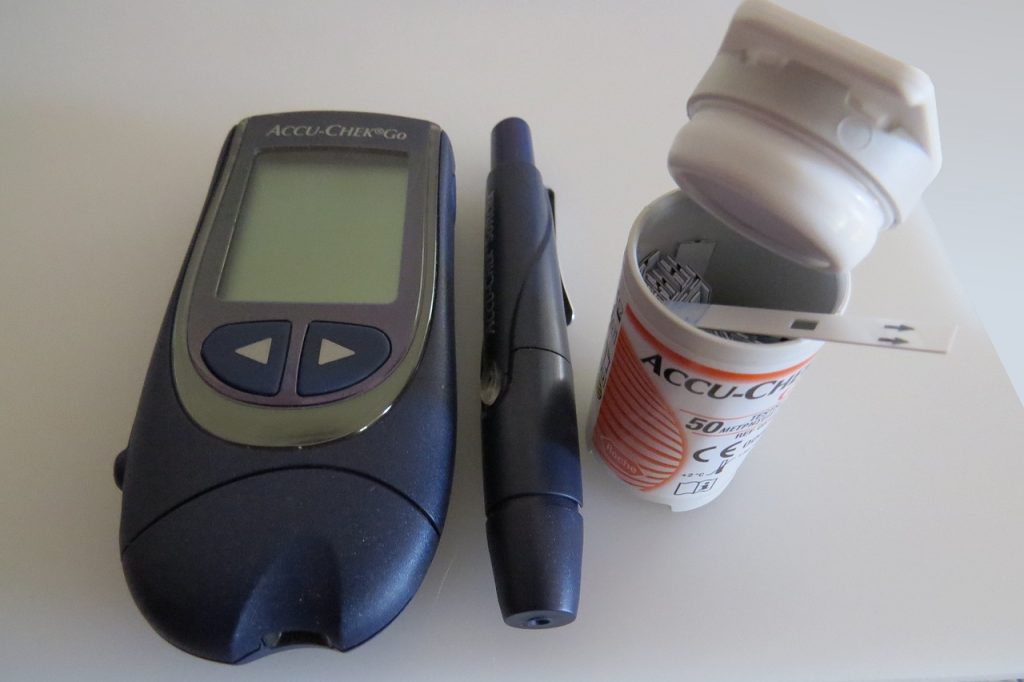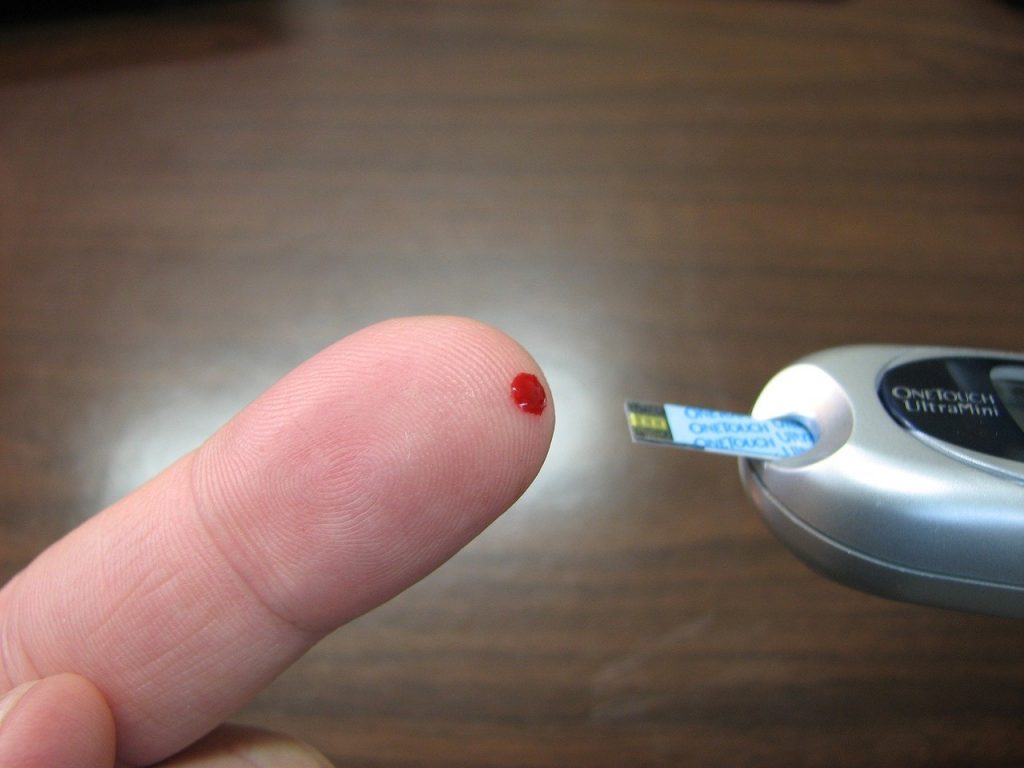If you’re like most people, you tend to eat a meal in a descending order of favorites. Meat fans will consume their meat portion first and so on. Several studies with non-diabetic subject have demonstrated that the order in which you eat your food has a direct impact on your blood sugar levels.
Your glucose levels naturally begin to rise when you eat. The order in which food is consumed has does impact how the body releases glucose into the bloodstream and how insulin affects that process. Subjects in the study that ate vegetables and protein first had glucose levels that were 28 percent lower than those that ate high-carb foods such as bread and pasta first.
Mitigating Factors
The research can have important implications for people with diabetes, but there are other facts that you should consider. By eating your veggies first, you’re beginning to fill up on vegetables before you even get to other parts of the meal. You may not even be able to eat as much of the protein and other meal elements. Since vegetables are lower in carbs, blood glucose levels will reflect that.
A number of other factors will impact your blood sugar levels. Drinking too much coffee, consuming alcoholic beverages, insufficient sleep, hormonal levels, and high or extended levels of stress will increase glucose levels. Other things that will affect your glucose levels include certain medications, smoking and dehydration, in addition to pain, illness, injury, infection and surgery.
There are dozens of considerations when you have diabetes, from what you eat and your activity level to regular testing and precautions when going out in very hot weather. Even the temperature of your shower will affect glucose levels. If eating your veggies first can keep blood sugar levels from spiking, it’s worth a try.
If you would like to find out about earning cash for your unwanted, unused and boxed test strips, complete our online quote form today.
If you have extra, unopened and unused boxes of diabetic test strips – whether you have switched brands, no longer need to test or test less frequently, or have a loved one who has passed away – don’t let them gather dust until they’ve expired and end up in the trash. We’re the best place to sell diabetic test strips online, and if you want to sell your test strips, we’re here to make the process easy and enjoyable!
Visit us at Sell Your Test Strips and get your free quote today!










